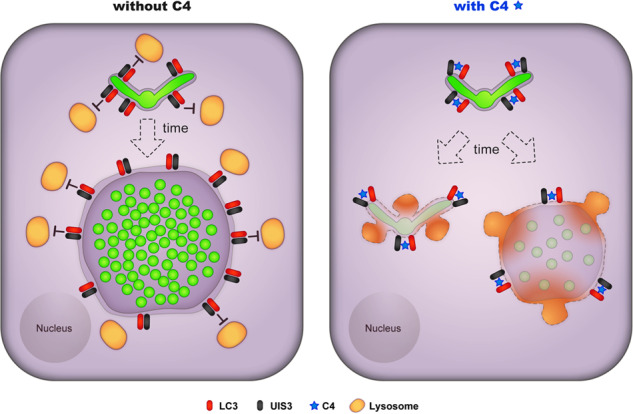Fig. 7. Proposed mode of action for the anti-malarial small molecule C4 on Plasmodium liver-stage infection.

The data supports the model that C4 overcomes the protective function of UIS3 during Plasmodium intrahepatic development. In the presence of C4, UIS3 cannot sequester LC3 rendering the downstream autophagy receptors to interact with it. As a result, the host autophagy pathway remains active leading to the lysosome fusion with the PVM and elimination of the parasite from the hepatocyte.
